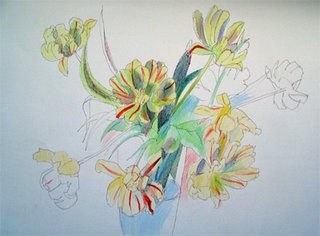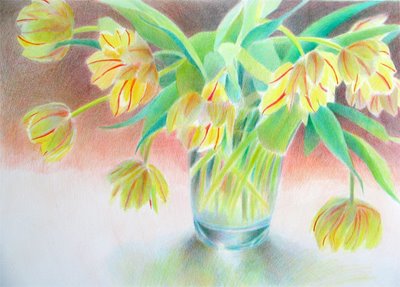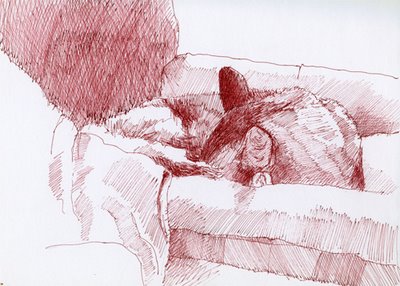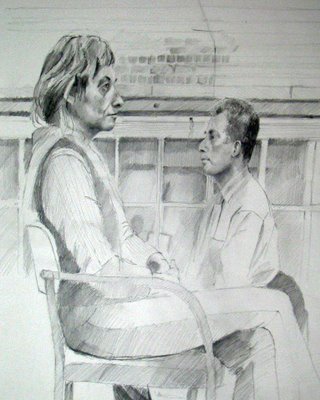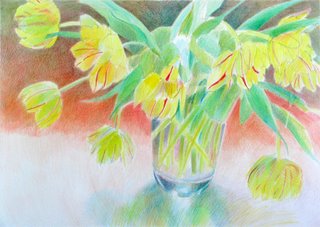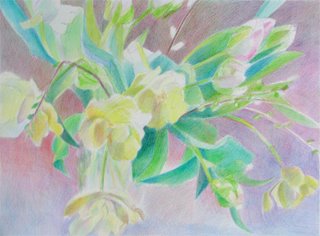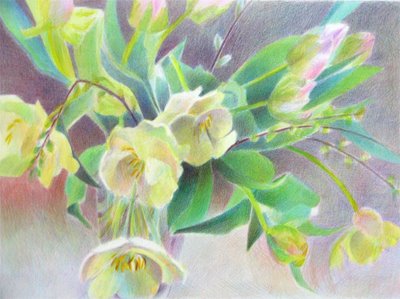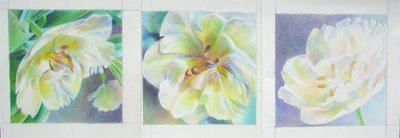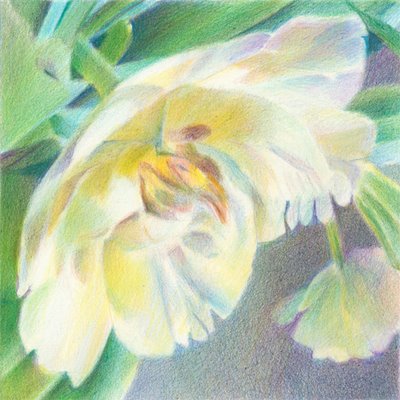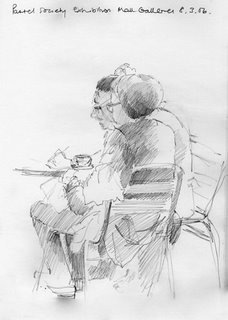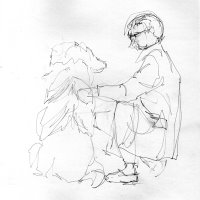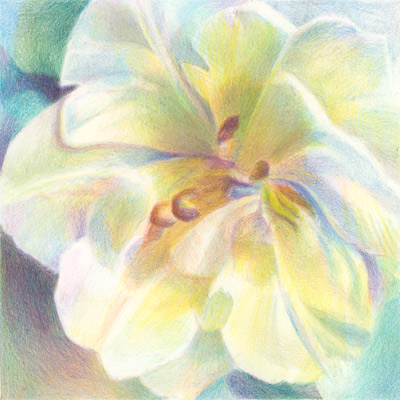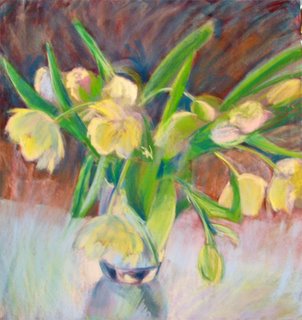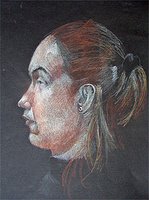On Wednesday, after the Drawing Lecture at the National Gallery, I walked the short distance to the Mall and went to see the 107th Annual Exhibition of the
Pastel Society (UK) at the
Mall Galleries. The exhibition is on from 1 - 12 March with an art event evening next Tuesday 7th March - which I shall probably try and get to.
I've been exhibited by the Pastel Society in the past - which was a huge thrill but I haven't submitted any work in some time. Unfortunately I missed the exhibition last year and had thought about submitting work for this year's exhibition but decided not to until I'd had a chance to see what was getting into the exhibition and whether styles were changing.
Getting your work juried into a competitive exhibition can be such a 'hit and miss' affair. There are a number of sources of good advice about what to avoid doing - but what makes one piece get exhibited and another not does seem rather like the luck of the draw at times. Which of course is down to the fact that those making the decision usually change each year.
Anyway, I was there to look at the paintings and do my research! When I go to see a juried exhibition I have a number of objectives - some of which relate to any future submissions and some of which are rather more market-oriented ie what's selling! Usual objectives are to:
- identify how subjects and styles are changing (if at all)
- see what is selling within the context of the prevailing economy (I usually go at the beginning and end of the exhibition if I'm really interested in this) - and also what is NOT selling. I'm looking here mainly at style, subject and size as well as at price.
- try and identify what it is about a painting which merits the prize it has been awarded.
I always go armed with a pen and annotate the catalogue. Various cryptic remarks get made - mainly to remind me of what the painting looked like so I could remember it after I left the exhibition (see below for my comments on juried exhibitions and the use of the Internet)
I need to go back again as I didn't finish looking round by the time the gallery closed - but initial impressions are:
- usual emphasis on the representational and observed subjects rather than symbolic or conceptual; but many more abstract, or semi-abstract, paintings than I remember seeing at past exhibitions.
- more of an emphasis on the impressionistic rather than the realistic - very little 'photo-realistic'
- lots of landscapes and few (I think) florals
- not a lot of conventional portraits (not unusual)
- very few drawings
- very little use of coloured pencil - which is a permitted medium
- an awful lot more use of solvent? Some of the more 'painterly' paintings seem to have brush marks which aren't about a gesso underpainting on the support - are people trying to make pastels look like oils because pastels do not sell as easily as oils?
- some interesting framing solutions - more being framed as if oils (ie no mat)
- very few sold after the Private View and first day - which I would guess is prime time to make sales. A reflection on the artwork or the marketing?
Some small whinges:
- I do wish that the catalogue included dimensions and media used - instead of just title and price. I spent a lot of time staring at some of the paintings this year trying to work out what surface had been used and how the painting had been produced.
- It's incredibly irritating having a catalogue ordered by the artists name - in alphabetical order while the exhibition is hung in a completely different order. When there are 390 paintings that makes for an awful lot of flicking backwards and forwards!
- I wish more societies (including the Pastel Society) created a website for their exhibition with links to the artists websites or galleries. By and large such exhibitions seem to be still treated pretty much like conventional gallery exhibitions and don't seem very attuned to the Internet as a way of communicating and marketing artists' work.
An honourable exception to the last comment is the exhibition held by the New English Art Club (NEAC) which demonstrates a much more business-like approach. Despite the exhibition closing in mid-December, it can still be viewed on-line and sales can still be made through the NEAC website. It also means that you can go back and view a piece without having to return to the gallery and the actual physical exhibition.
art , drawing , exhibition , landscape painting , painting , paintings , pastel society, pastels



